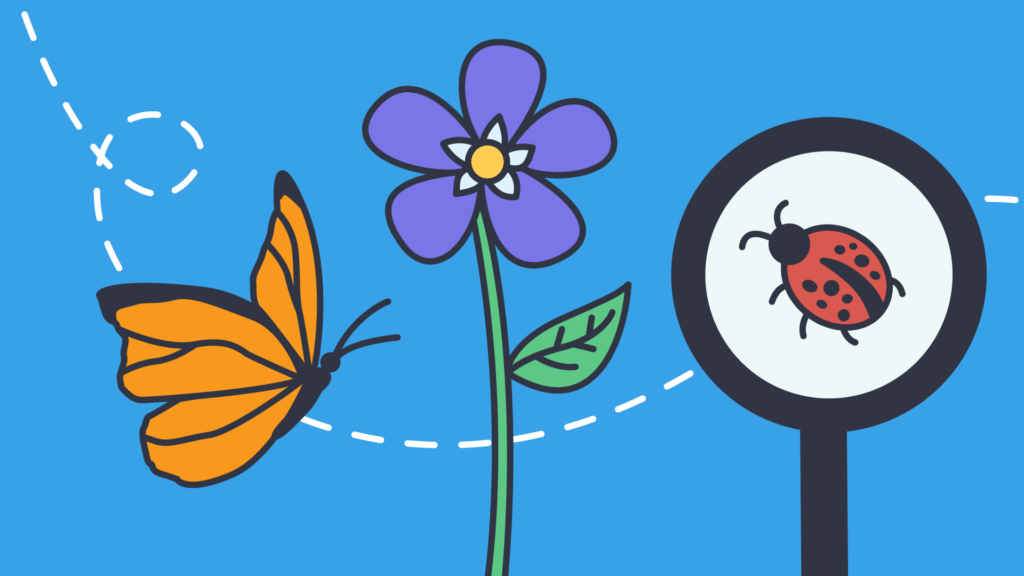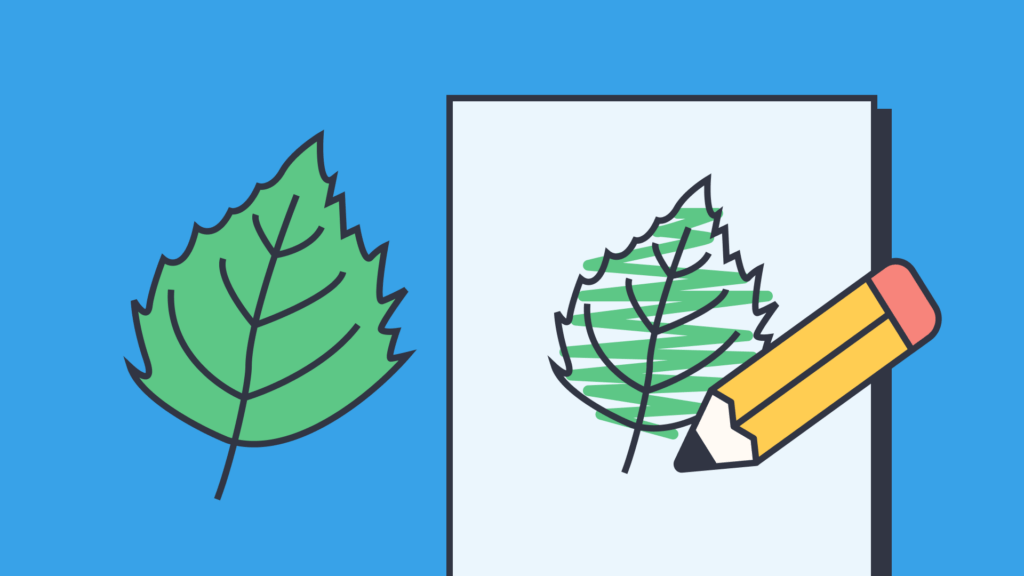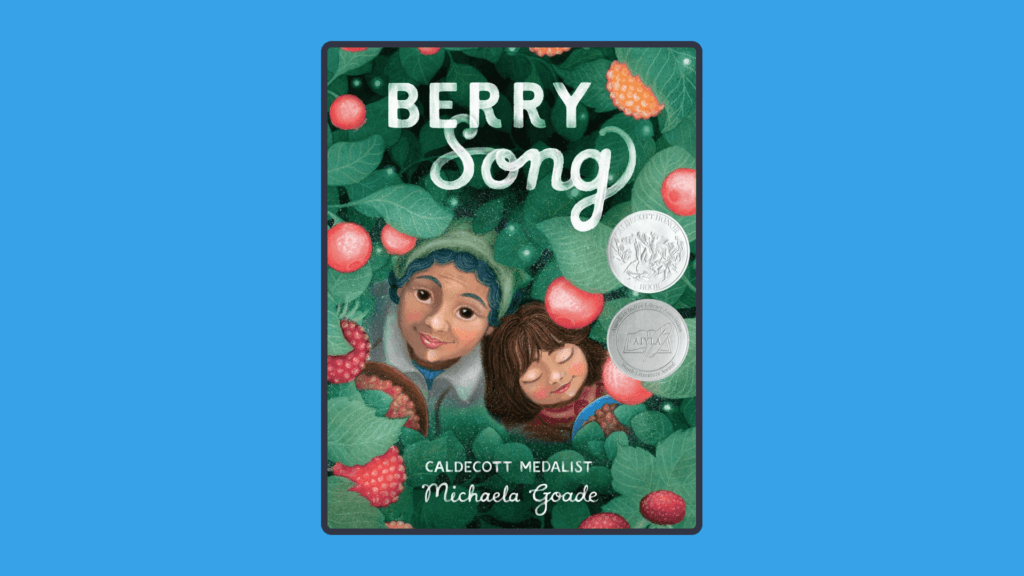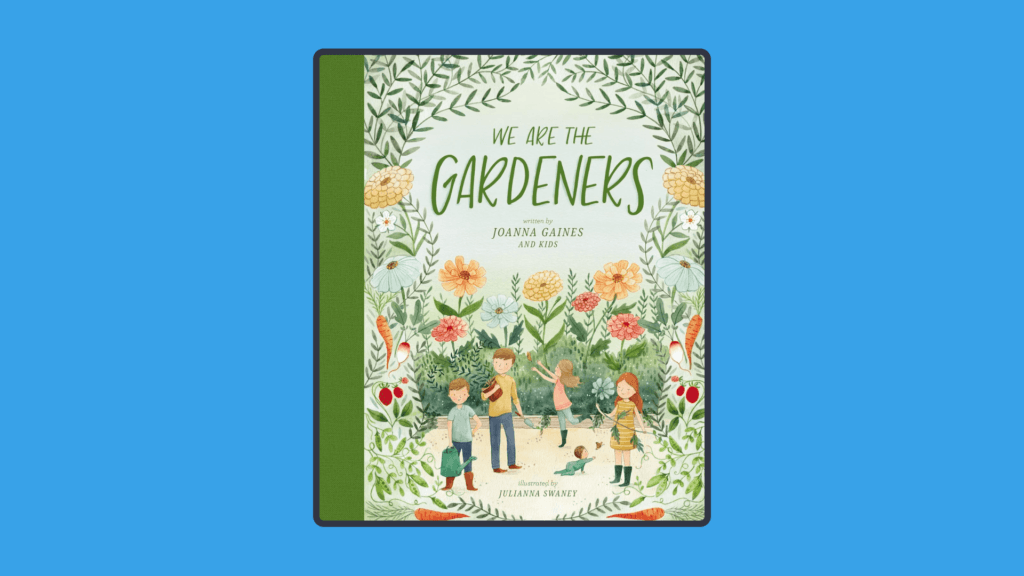7 Fun spring activities for elementary students
In this guide
Spring is a beautiful time of growth, renewal, and endless opportunities for outdoor fun with elementary students! With the warmer weather spring brings, students and teachers can engage in activities that foster creativity, physical activity, and a love for the environment and nature.
Learning about seasons, animals, and weather lends itself to the Science classroom, however, the beauty of spring can be celebrated in every lesson and subject. Modify some of the ideas below to fit your subject and your students’ needs – many activities also lend themselves to great social-emotional learning topics or discussions that transcend the borders of subjects and curriculum.
All of the following activities connect with the growth of spring and most require time outside! Some activities might need to be modified based on the community your school is in, however, showing a video or image can be an easy supplement in case of inclement weather.
1) Nature walks

Taking your students to explore outdoors is the perfect spring activity! Nature walks and scavenger hunts are an easy and accessible way to experience the weather spring brings, while connecting back to themes and topics you may be studying in class. A learning break, like this Nature video, will be a great way to ease back into classroom learning upon your return from the following activities. Students of all ages will enjoy spotting the difference in this nature themed learning break.
Nature walk
- Visit local parks, nature reserves, or simply explore outside of your school building.
- Encourage your students to observe different plants, trees, animals, and insects.
- Use teacher-created guides or apps (such as the built in feature on your iPhone’s camera) to learn more about the plants and animals students encounter.
Scavenger hunts
- Create a specific list for students to find such as an acorn, feather, worm, or specific type of flower.
- Consider a visual list that students can find items to match and tape or glue them next to the visual.
- Older learners might stop and observe and draw what they see next to the name of each item on their scavenger hunt.
- Upon your return you can draw on what students most enjoyed or engaged with, fostering their love of learning and extending their understanding.
2) Science experiments for spring
Science experiments are always fun and engaging in the elementary classroom. With the weather changing, new growth, and animals reappearing, spring offers a great opportunity to explore scientific concepts.
Seed germination experiment
- Start by watching engaging videos about what seed germination is. It is helpful to provide some context and background knowledge before students begin this experiment.
- Provide your students with seeds and soil and small cups to plan them in.
- Over the course of a few days, observe the seeds and soil and watch the germination process.
- Students can record their observations in a daily journal or through pictures and video using a device.
- It is important to discuss the factors that may affect their seed growth, such as water, light, and the temperature of the room
Rain gauge experiment
- Rainfall is a common weather pattern during the spring months. Discuss with students the importance of rainfall and how it affects the environment.
- Watch Build a Rain Gauge, following each step to assist students in building a rain gauge.
- Track and record rainfall over a certain period of time (ensure that it is long enough to predict weather patterns, see changes and track different weather patterns.)
- Discuss the results with students asking questions about what they noticed about the rainfall and differences between the days they tracked.
3) Spring outdoor art projects

Spring is known for its beautiful colors and fresh air. My students love being outside during the springtime to work on classwork, however, it is even more fun to complete some art projects using nature!
Nature collage
- Have students collect leaves, flowers, branches, twigs, and other items found outdoors.
- Give each student, or a team of students, paper to create a nature collage.
- Create a ‘gallery walk’ where students hang up their projects and walk around to view other students’ creations.
- Discuss what students notice about the differences of texture, color, size, and shape.
Nature sketches
- Engage students with a video such as Let’s Look and Sketch, to learn more about what it takes to sketch an item in nature
- Encourage students to use different means of art to create their sketches, including sidewalk chalk, paint, pencil, crayons or other art tools.
- Give students time to select something in nature to sketch. Students can observe the item in its natural environment, take a picture to sketch at a later time, or take the item back to the classroom to complete the sketch.
4) Environmental projects
Thinking about spring is the perfect way to teach students about the importance of taking care of the environment. Learning about Earth Day and what it means to take care of the environment is a perfect springtime activity in the elementary classroom.
Recycling project
- Engage students in discussions about recycling and how waste impacts our environment.
- Teach students about recyclable materials and how to recycle at school. In The 4 R’s, students learn practical ways to recycle.
- If there is not an effective way to recycle at school, work with students to create a sustainable recycling program.
- Organize a school-wide initiative to see which class can collect the most recycled materials.
Clean-up campaigns
- Discuss the impact of littering on the environment. Brainstorm with students how to stop littering.
- Take students on a walk to pick up litter around their school environment.
- Provide students with gloves and bags to collect trash around the school.
- Clean-up campaigns can be a great school-wide or grade level event. Discuss different roles students might take in creating their campaign. Poster decoration, creating videos, talking to administrators, or even setting one up!
5) Learn about weather
Weather patterns are ever changing during the spring season. Elementary students will enjoy learning more about weather patterns and tracking the weather as it changes. Watching a video like Weather and Seasons, can give students some background understanding of weather patterns and what to expect from the changing springtime weather!
Wind sock
- Engage students in creating a wind sock using paper, fabric or streamers, and string.
- As students hang the windsock outside, they can observe how the wind sock moves in the breeze.
- Research and discuss wind direction and speed and how wind changes during the spring season.
Weather journal
- Students can keep a daily weather journal, tracking and recording the temperature of the air, rainfall or precipitation, and cloud types they observe.
- Discuss spring weather patterns and how they might differ in various regions of the world.
- Utilize art and pictures to create accurate drawings and observations of different kinds of weather.
6) Stories for the season
There are so many engaging picture books for students to learn more about spring and celebrate the beauty that spring brings to the world. These books are great conversation starters and are even better read outside!
Have You Ever Seen a Flower?

In this picture book, the main character uses all five senses to experience a flower. After reading, students can create their own version of the story using a different item in nature. Create small books or give students paper to create their stories. Use the title as a sentence frame such as, Have You Ever Seen a ______? Allow students to fill in the blank and create their own story!
Berry Song

This book speaks to all seasons but focuses on the growth and changes that come with each new season. Read and reread the section about springtime and determine how spring is similar or different to the other seasons. This book has a great connection to nature and allows students to reflect on relationships with grandparents or elders.
We Are The Gardeners

In this story, a family learns what it takes to create their own garden. Gardening and starting a garden are quintessential springtime activities. After reading this story, students can plan or create a real garden around the school or in the classroom on a smaller scale. Students could also design a garden using paper and art supplies if it is not possible to access or create a real garden.
7) Exploring animals
Springtime brings new life and growth, especially with animals and insects! Ask your students what sorts of changes they see in animal life around them. Some may notice birds returning, animals coming out of hibernation, or butterflies hatching from cocoons. Kids will love to explore springtime animals up close!
Hibernating animals
- Explore animals that hibernate during the winter and come out during the warmer months of the spring. Videos like Hibernation, provide context to exactly why animals hibernate. As you teach students about one type of hibernating animal, see if they are able to identify more!
Life Cycles
- Spring is a great time to introduce students to the concept of life cycles and how different animals have different life cycles. Students may notice things like bird nests being built in the springtime. Researching life cycles can provide the context students need to understand the unique life cycles of different species of spring animals!
In summary
Let’s face it – when the beautiful spring weather is blazing through your classroom windows the kids (and you!) would rather be outside. So why fight it?
Shape your curriculum to the great outdoors, get the students out of their seats, away from the screens, and partake in some outdoor fun!

Victoria Dotson
briefcase iconLiteracy Specialist
Victoria Dotson, an esteemed educator and professor in Chicago, Illinois, leverages her background as a Literacy Specialist to support multilingual learners and mentor preservice teachers. Victoria excels in developing literacy practices, promoting diverse literacy experiences in the classroom, and developing restorative curriculum.
Other posts
Want more content like this?
Subscribe for blog updates, monthly video releases, trending topics, and exclusive content delivered straight to your inbox.



















